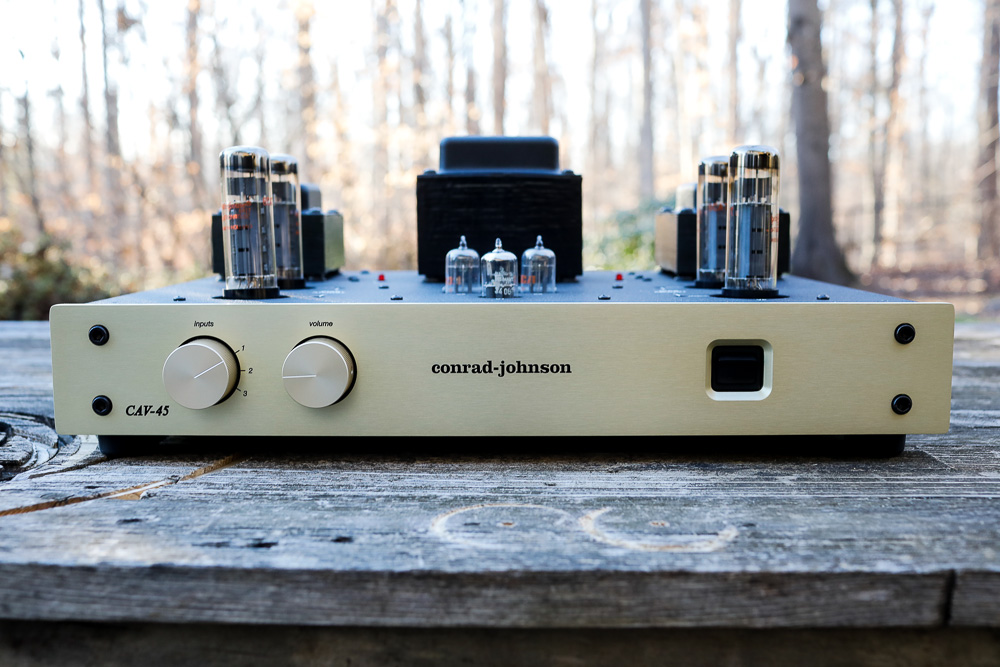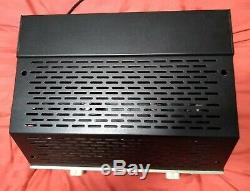
But C-J has avoided the squared-off look by sloping the tube cage back. It looks nice, too, in the typical Conrad-Johnson way-rather like a tubed integrated amp of yore. And you're sure not going to find a good active line stage, tubed or solid-state, for $500. But your incremental cost for the CAV50 (over the MV55) is just $500.

If you like the sound of the C-J MV55, you could use any number of different manufacturers' preamps. Or take the money saved and put it into better speakers.īy combining the two units you lose nothing but flexibility. All told, you could shave nearly a kilobuck off the price of your system, with no sonic sacrifice. You save $800 by buying the two Con-Johns conjoined.Īctually, you save more-you won't need to shell out $100 or more for an interconnect cable from preamp to power amp. Together, the two C-J separates retail for $3290. And there's no headphone jack-a somewhat more serious omission.Ĭonsider that the CAV50 is essentially Conrad-Johnson's MV55 power amp perched atop a PV10 A/L line-stage preamp. No remote option is available for the C-J, so this isn't for the couch-potato crowd. That's tubes-they're more expensive than solid-state. The power rating is about the same: 45Wpc into 8 ohms for the C-J, 60Wpc into 8 ohms for the Bryston. You can't slide it into a tight space the way you can the Bryston-you need to give it good ventilation, on a table top or the top shelf of an equipment rack. While the Bryston is just 2½" high, the C-J is 7" high. The C-J makes a fascinating contrast with the Bryston B-60-one of the finest tubed integrated amplifiers vs one of the best solid-state.

Martin Colloms beat me to the punch with a full-scale review of the Conrad-Johnson CAV50 integrated in the August issue (Vol.21 No.8). Sam Tellig wrote about the CAV50 in October 1998 (Vol.21 No.10):


 0 kommentar(er)
0 kommentar(er)
